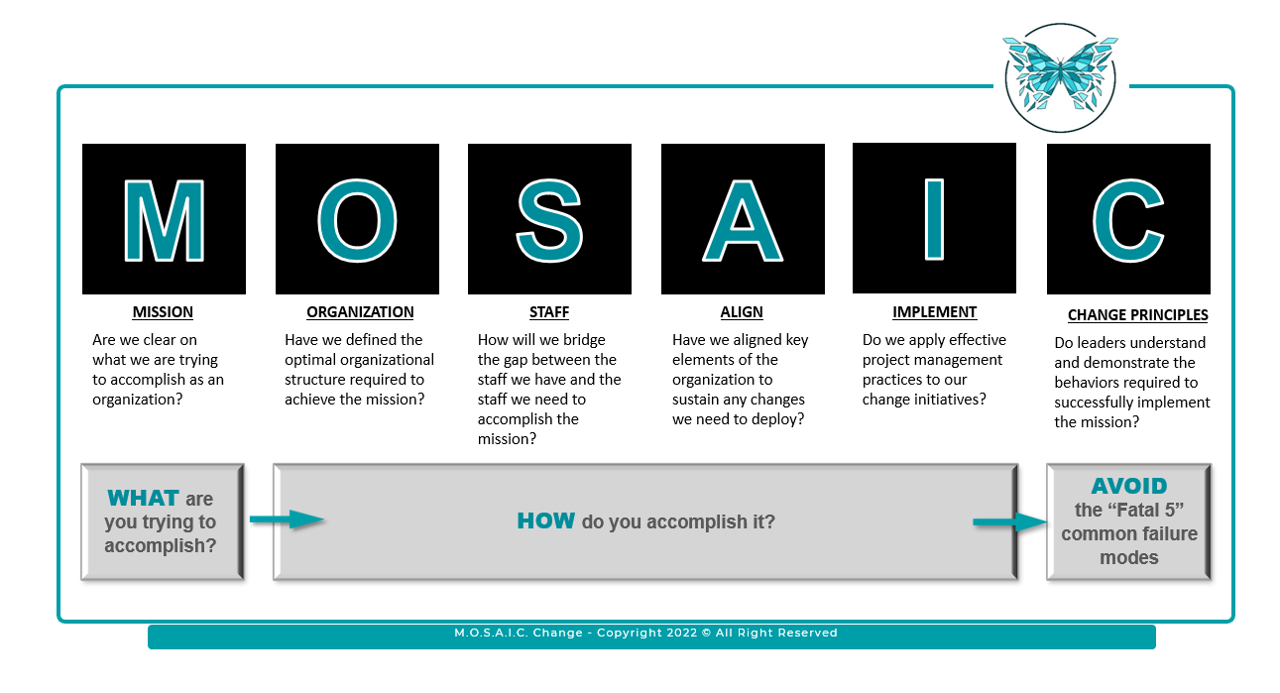HR's strategic state "remains elusive": Shifting our approach to OE capabilities is the answer
- 6 Min Read
Having interviewed 25 CHROs in the past 12 months, Jane McNair has found HR still finds entering a strategic state to be elusive. How can enhancing Organizational Effectiveness (OE) capabilities help HR elevate its strategic role?
- Author: Jane McNair
- Date published: Nov 7, 2023
- Categories

Most companies still struggle to effectively deploy David Ulrich’s 1995 HR model, which was intended to shift the Strategic Business Partner role from transactional and administrative to a more strategic, value-creating one. Yet, twenty-eight years later, achieving this ‘strategic state’ remains elusive. Why? After exploring this question with over 25 CHROs over the last year, a simple theme has emerged. CHROs continue to tell me that their HR leaders lack a simple way to approach ‘being strategic,’ leading them to hold onto more tangible (and transactional) HR work. Enhancing organizational effectiveness (OE) capabilities is a pivotal strategy in elevating HR’s strategic role within the organization. However, despite its potential for transformative impact, many CHROs fail to harness its full value. In this article, we will explore four simple actions you can take to better leverage OE capabilities and enhance the view of HR as a strategic business partner.
1. Shift your perspective: Consider OE capabilities an integral part of HR responsibilities, not just ‘nice to have’
HR leaders must recognize that their role extends beyond administrative tasks to include shaping the organization’s culture, enhancing employee engagement, fostering innovation, and driving transformative change.
When HR leaders and HRBPs delegate this work to others, they risk surrendering some level of strategic influence. Unfortunately, this often happens when HR perceives OE work as inherently complex and requiring expensive consultants to navigate. However, the reality is that most OE work revolves around resolving common organizational effectiveness challenges such as strategic alignment, role clarity, decision authority, managing critical projects, and coaching leaders on how to sponsor change initiatives more effectively. To be genuine strategic partners, HR leaders must possess the essential capabilities to spearhead these types of OE initiatives, even if they opt not to lead them directly.
2. Empower HRBPs with a comprehensive understanding of OE capabilities and practices
Many HR leaders face a fundamental challenge when it comes to understanding OE and OE capabilities. For instance, the idea that OE work should be an integral part of a broader, integrated, and comprehensive change effort often eludes them. Consequently, many HR professionals tend to perceive OE as a series of isolated ‘events’ rather than a cohesive strategy for organizational change. This fragmented perspective can influence clients to view OE in the same light, constraining HR’s capacity to collaborate with leaders in implementing and sustaining more comprehensive change initiatives.
Furthermore, when HR leaders lack expertise in OE, they encounter difficulties in accurately diagnosing organizational challenges. Instead, they often rely on the client’s definition of the problem without a critical evaluation. This can lead to misdirected investments, overlooking root causes, wasting valuable time and resources, and ultimately eroding the credibility of the HR function when attempted solutions fail to resolve the underlying issues.
It’s simple. To effectively engage in and oversee OE work, HR leaders must first grasp the foundational principles of OE and its practical implementation.
3. Embrace and enforce a standardized OE framework and language
Extensive research has shown that language disparities can significantly impede effective communication and collaboration across different groups. This phenomenon, often referred to as ‘language friction,’ is equally relevant within an organizational context.
When there’s no shared OE language between HR and business leadership, discussions about necessary improvements can become challenging and lack focus. By deploying a clear and concise model that defines OE, HR professionals can more easily articulate OE, discuss its essential components, and engage leaders in a focused conversation about appropriate solutions. An effective OE model should not only describe challenges but also provide prescriptive insights into potential solutions. In our client interactions, we have found the MOSAIC Change model, outlined below, to be a valuable tool in achieving these objectives:

Through the adoption of a straightforward OE model like MOSAIC, HR can effortlessly establish a foundational language that facilitates discussions with leaders to identify and address gaps in organizational performance.
4. Implement a standardized (and streamlined) set of OE tools
Instead of amassing an unwieldy arsenal of tools, organizations can adopt a minimal, yet effective set of tools designed to address common OE challenges to reap significant benefits. Here’s why this approach matters:
- Consistency: Standardizing the OE toolkit promotes consistency in problem-solving, making it simpler to align efforts, share best practices, and work towards common OE objectives.
- Efficiency: Fewer tools mean less time spent deliberating over which one to use, resulting in quicker decision-making and decreased cycle time.
- Expertise development: A limited toolbox encourages the development of deeper expertise, enhancing the quality of interventions and expediting the resolution of similar issues.
- Reduced complexity: Simplified tools are more accessible to employees at all levels, increasing their likelihood of engaging in the improvement process.
We should not overlook the importance of simplicity in both the quality and quantity of OE tools available. Take, for instance, the MOSAIC Change Framework, which utilizes just 26 tools throughout its entirety. When organizations concentrate on a select number of highly practical tools, they have the potential to cultivate a culture of consistent and habitual OE practices within the organization.
OE must be a part of the solution
It’s crucial to recognize that the challenge of fully leveraging OE extends beyond HR leaders alone. At times, organizational effectiveness professionals inadvertently contribute to this issue by portraying OE as overly complex and reserved for a select group of experts, perpetuating an unhelpful “elitist” image that I aim to dispel.
My aspiration in writing this article is to encourage HR business partners to explore the tools and knowledge needed to enhance their strategic OE proficiency. Through the accessible framework provided by models such as the MOSAIC Change framework, we can unlock the complete spectrum of value that OE brings, reinforcing HR’s role as a strategic business partner.
Jane McNair is the former VP of Org Effectiveness and Learning at Honeywell. Jane has been both an internal and external OD practitioner for over 25 years helping Fortune 500 executive teams transform their organizations using these practical tools. This has included working for companies such as Honeywell and Motorola and as an external consultant with a diversity of both public and privately held firms such as Chase, Verizon, UPS, CenturyLink, Wyndham Hotels, McNally Capital and many more. Jane serves as a trusted advisor to C-Suite business leaders around the world, helping them translate business strategy and objectives into organization solutions that help their companies reduce organizational complexity, improve performance, become more nimble and better able to deal with the complexities of today’s marketplace.








